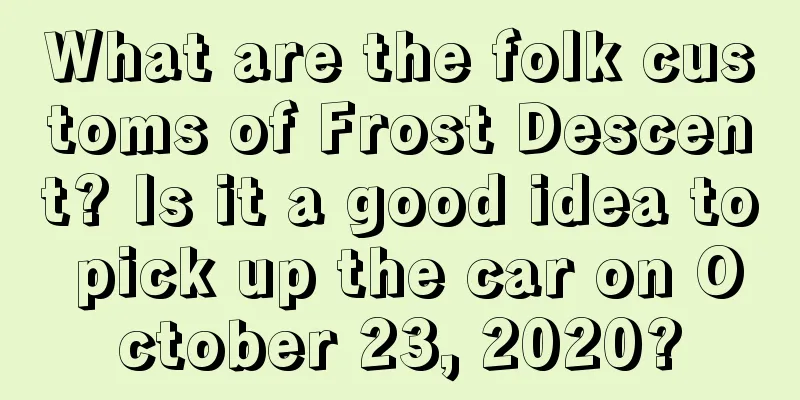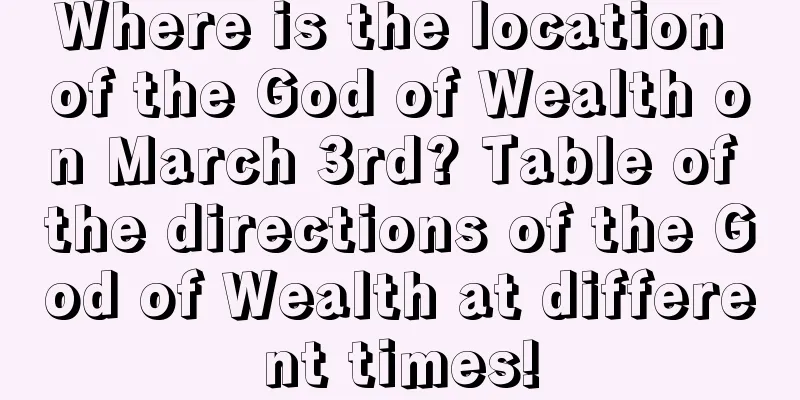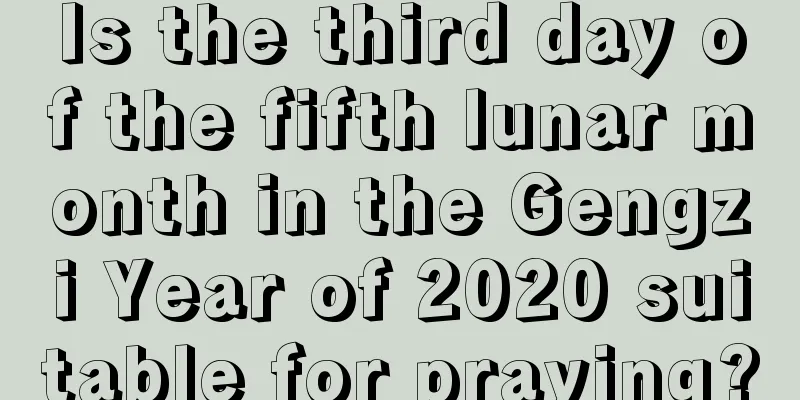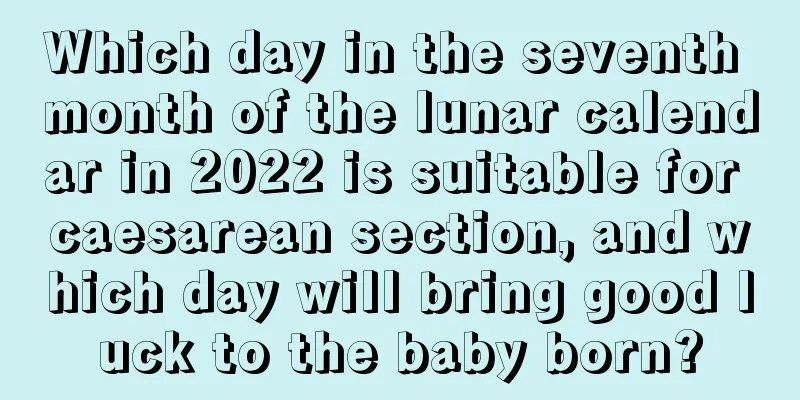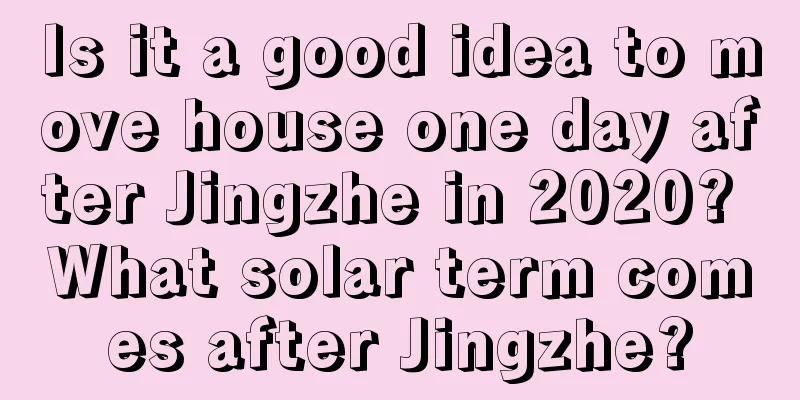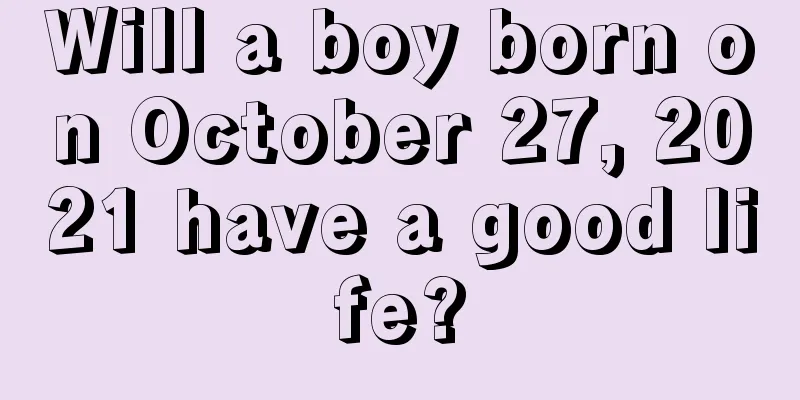What does the word "fen" in the Spring Equinox mean? What is its meaning and connotation?

The Spring Equinox is the time when spring comes and flowers bloom. Plants and animals everywhere are showing their vitality. So what does the Spring Equinox mean and what is its meaning and connotation? A year's plan begins with spring. The wind in February of the lunar calendar officially brings spring, and the weather is gradually getting warmer. The Fortune Teller website will interpret every day of February of the lunar calendar in 2018 for you!What does the word "fen" in the Spring Equinox mean?Here, "fen" means equal division <br /> The Spring Equinox is the midpoint of the ninety days of spring. One of the 24 solar terms, it falls on March 20 of the Gregorian calendar every year when the sun is at 0° of ecliptic longitude (the vernal equinox). On the day of the spring equinox, the sun shines directly on the earth's equator, and the seasons in the northern and southern hemispheres are opposite. In the northern hemisphere, it is the spring equinox, and in the southern hemisphere, it is the autumnal equinox. The Spring Equinox is the New Year in Iran, Türkiye, Afghanistan, Uzbekistan and other countries, and has a history of 3,000 years. The arrival of the Spring Equinox is also the time when you can see many beautiful flowers and trees waking up. The Spring Equinox means that the day and night are equal.During the Spring Equinox, the East Asian trough is significantly weakened, and the trough-ridge activity in the westerly belt increases significantly. Low pressure activities and cyclone development are common from Mongolia to the Northeast. The movement of low pressure guides the cold air southward, and the northern region is prone to strong winds and sandstorms. When the long wave trough moves eastward, affected by the convergence of cold and warm air masses, continuous rainy and late spring cold weather will occur. Weather and climate characteristics of the Spring EquinoxDuring the spring equinox, the length of day and night is equal around the globe. The spring equinox usually refers to the moment when the sun's apparent ecliptic longitude is at 0°, which is around the 15th day of the second lunar month each year (approximately March 20-21 in the Gregorian calendar). In terms of time period, it also refers to the position of the Sun between 0° and 15° of the ecliptic longitude, that is, from the Spring Equinox to the day before Qingming Festival, which is approximately between March 20 and April 5 in the Gregorian calendar[1]. During the spring equinox, theoretically, day and night are of equal length around the globe (see twilight). After the spring equinox, the days gradually become longer and the nights gradually become shorter in all parts of the northern hemisphere, while the nights gradually become longer and the days gradually become shorter in all parts of the southern hemisphere. During the spring equinox, there is no polar day or polar night phenomenon around the world. After the vernal equinox, polar day begins near the North Pole and its range gradually expands; polar day ends and polar night begins near the South Pole and its range gradually expands.Spring Equinox FestivalThe Spring Equinox is also a festival and sacrificial celebration. Ancient emperors had the ritual of worshiping the sun in spring and the moon in autumn. The Emperor of Zhou Dynasty offered sacrifices to the Sun at the Sun Altar. "Book of Rites": "Sacrifice the sun on the altar." Kong Yingda's commentary: "It refers to the vernal equinox." Qing Dynasty Pan Rongbi's "The Imperial Capital's Annual Records" said: "The Spring Equinox and the Autumn Equinox are national ceremonies, and the scholars and civilians are not allowed to worship without permission. At the Spring Equinox, the sun's direct point is on the equator, and then the sun's direct point continues to move north, so the Spring Equinox is also called the Rising Equinox. At the Spring Equinox, theoretically, the day and night are equal in length around the world (see the morning and evening shadows). After the Spring Equinox, the days gradually get longer and the nights gradually get shorter in all parts of the Northern Hemisphere, and the nights gradually get longer and the days gradually get shorter in all parts of the Southern Hemisphere. At the Spring Equinox, there is no polar day or polar night phenomenon around the world. After the Spring Equinox, polar day begins near the North Pole and the range gradually expands; polar day ends near the South Pole and polar night begins and the range gradually expands. |
>>: What are the health precautions during the Spring Equinox?
Recommend
Is the 15th day of the sixth lunar month in 2020 a good date? What's the content?
June is also known as the hottest month of the ye...
Is the fate of a boy born on April 21st of the lunar calendar in 2018 good or bad?
Introduction: People are born at different times a...
How to turn your luck around during the Great Cold in 2021, the Year of the Ox?
When it comes to "turning luck around", ...
2020 Xiaoxue November 22 Today's Xishen Direction What does Xishen mean
Introduction: Like the auspicious position of the ...
Is April 29th of the lunar calendar 2018 a good day? Can we sign the contract?
In China, people always choose auspicious days to ...
Is the 24th day of the eighth lunar month in 2017 a suitable day for opening a new store?
August is a wonderful month because it has the be...
Can I pick up a car on the 13th day of the first lunar month in 2020? The owner’s zodiac sign and car model are important!
Everyone only corresponds to one zodiac sign. Can...
What is the fate of a girl born on the seventh day of the eighth lunar month in 2020? Okay?
The fate of a girl is also related to the time of ...
What is the fate of a boy born on September 23, 2019 in the lunar calendar? Will he have a smooth life?
What is the fate of a boy born on September 23, 20...
When is the Spring Festival and what is the saying?
There is a custom of eating dumplings during the S...
Is April 23rd of the lunar calendar in 2018 a suitable date for decorating the house?
Introduction: Decorating a house is a big deal, an...
How many days until Grain Full in 2018? What are the things to pay attention to during Xiaoman?
Grain Man is the second solar term we encounter as...
Is it a good time to move on April 22, 2019 in the lunar calendar?
April is the most beautiful month in the world. A...
What is the zodiac sign of people born on March 20, 2018 in the lunar calendar?
The zodiac attributes represent the different pers...
When will we start wearing the colorful ropes during the Dragon Boat Festival in 2022? When should the colorful rope be thrown?
Speaking of colorful ropes, I believe many of my f...
